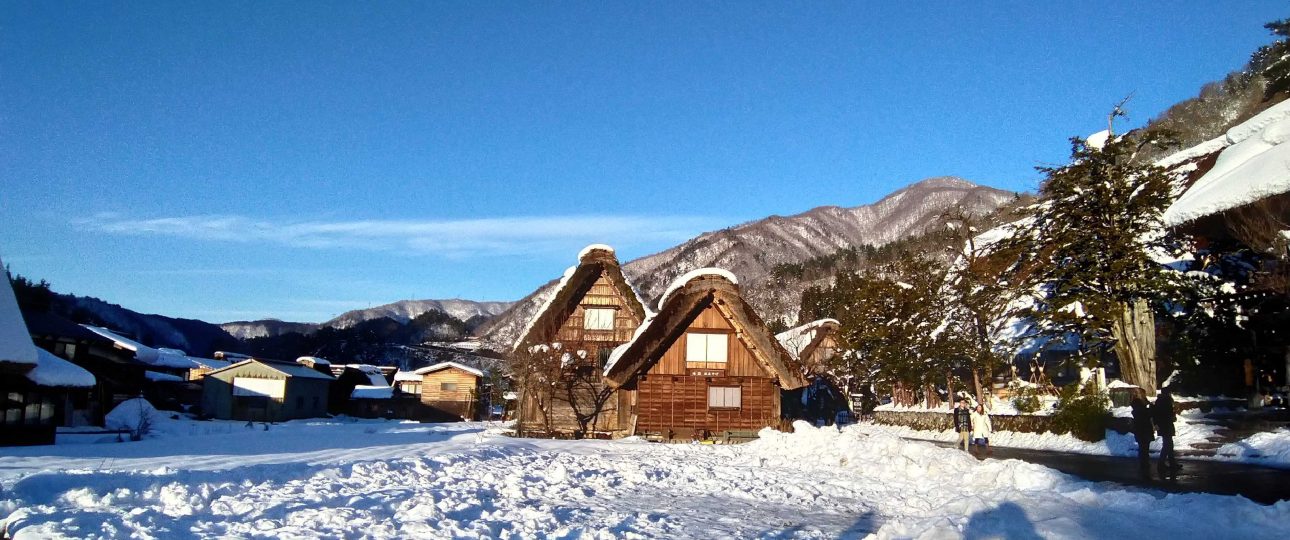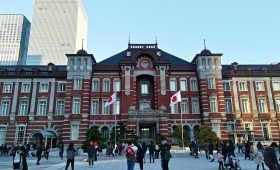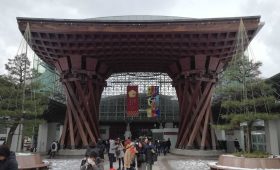Amazing Japan, the Land of the Rising Sun
Japan now gives us a taste of its rich culture, simple way of life, impressive attractions, and the people themselves. There’s a lot to think about when it comes to the Land of the Rising Sun and its global impact. But, if we only rely on the information and images we see on social media, how satisfied can we be with Japan? Here’s a quick look at what life is like in Japan.
Definitely Japan
A culture of self-sufficiency and mutual respect.
Japanese ethics are based on over a century’s worth of beliefs. We get the impression that Japanese values are polite, orderly, and harmonious. The following are some of the most common ways for tourists to learn about their ethical practices:
Bowing to everyone they meet is the most common way they express their etiquette. This is to express gratitude, apologize, make a request, or ask for a favor. It also makes them feel more humble and respectful to anyone they meet. A Japanese daily ritual involves many cultural practices just like tea drinking, cooking, etc.. Others, on the other hand, think it’s unusual and modest. Respect, care, and regard for others, both human and nonhuman, are at the heart of this long-standing Japanese aesthetic tradition. As a result, in order to promote a decent life and society, it is critical to investigate them.
In Kyoto’s Ninenzaka Yasaka Chaya, Starbucks is a popular hangout. Visitors can enjoy traditional Japanese atmospheres in addition to the well-known coffee shop because it is surrounded by temples and rivers. The unique feature of the location is that visitors must strictly adhere to the rules while strolling through the area.
East Asian Fusion
The term “umami,” or MSG, is commonly understood in the Philippines to describe a savory flavor found in rich-flavored dishes like broths, fermented sauces, and the like, and is commonly misinterpreted as a health hazard. Fresh, seasonal ingredients and flavors are used to create Japanese cuisine. Their cuisine is expected to change with the seasons in the country. Consider a wide range of spices and select ingredients that are at their peak and have flavors that are representative of the era.
Washoku is a traditional Japanese culinary dish that balances all flavors on the tongue and is eaten with chopsticks in small bites. Washoku can be prepared in a bento box, a container designed to hold multiple dishes in one container. Traditional Japanese dinners, known as kaiseki, consist of multiple courses that, despite their small individual portions, add up to a substantial amount of food.
The addition of dashi stock to the rice enhances the flavor of Washoku, which consists of one soup, cooked rice, and three side dishes.
Japan is a small country filled with diverse cuisines. The Kanto region (east of the main island) has robust flavors. The Kansai region (west of the main island) has delicate ones. Japanese street food vendors sell takoyaki, kare pan, crêpes, gyoza, korokke, yaki tomorokoshi, dango, sweet potato, okonomiyaki, and yakitori. The hundreds of festivals celebrated every year makes them travel to different cities.
Aside from the cuisines their beverage are widely known. Matcha became a well-known and fashionable beverage that has swept the globe since 2019. It took the world by storm making it one the the beverages flexible. The majority of growth and manufacturing has shifted to Japan, with the most well-known example being the buzz surrounding green tea in general, and interest in the beverage’s wide range of potential health benefits in particular.
A Leap in Technology
I use the term “advanced” to refer to its people’s technological sophistication. Their equipments are cutting-edge. It isn’t possible to have it both ways. Japan’s innovations have long astounded the rest of the world. If you hadn’t seen it, you wouldn’t even realize you needed it. One aspect that should be highlighted is how they use their own abilities as well as innovation to find long-term solutions to human problems, a process known as ‘Biomimicry.’ This style is common on the company’s bullet trains.
Japan is an example of rising demand in the healthcare industry around the world, fueled by innovation. Robots and artificial intelligence (AI) help offset declining labor availability by increasing the automation of manufacturing processes. The vertical farm, or “plant factory” could very well be the farm of the future. The goal of accumulating knowledge about agricultural techniques. All of this cutting-edge technology is designed to protect Japan and the rest of the world from natural disasters. Pasona Group created a building infrastructure that resembled a natural setting. As one of the busiest cities in Japan, Tokyo have limited exposure to nature. This is to provide a healthy working environment for their employees. The term “healthy working environment” gives it a whole new meaning. it
We are thought to believe vending macines originated from Japan. To cut to the chase, Coca-Cola, an American beverage company, launched an all-out invasion of Japan in 1962. Vending machines became widespread popularity in Japan. A vending machine can benefit the general public. International tourists, for a variety of reasons and in a variety of ways benefits from it. Get a sweet roll and a cup of coffee or juice on the train platform. Rail tickets are available on the go. Passes for trains and buses at vending machine kiosks can be purchased. Do you get hungry in the middle of the night? You can watch as the vending machine heats up ramen, burgers, and even takoyaki (fried octopus balls).
Child-friendly Society
Other countries find things like ‘First Errand’ or, in a Japanese program, ‘Hajimete no Otsukai’ strange. This show is fascinating to watch. Around the ages two to three years old, these children are sent out by their parents to complete a choir. They are frequently tasked with going grocery shopping, playing at nearby playgrounds, or simply purchasing items from nearby stores. Aside from television shows, if they are based on true events, they are all too common in Japan. Japanese elementary students are commonly seen commuting to school on a daily basis. Society has no qualms with self-sufficient children socializing.




